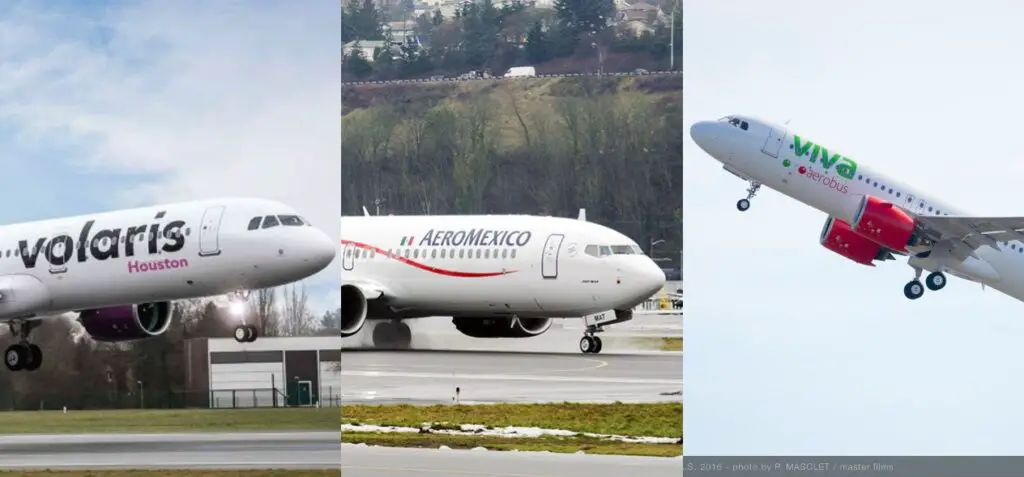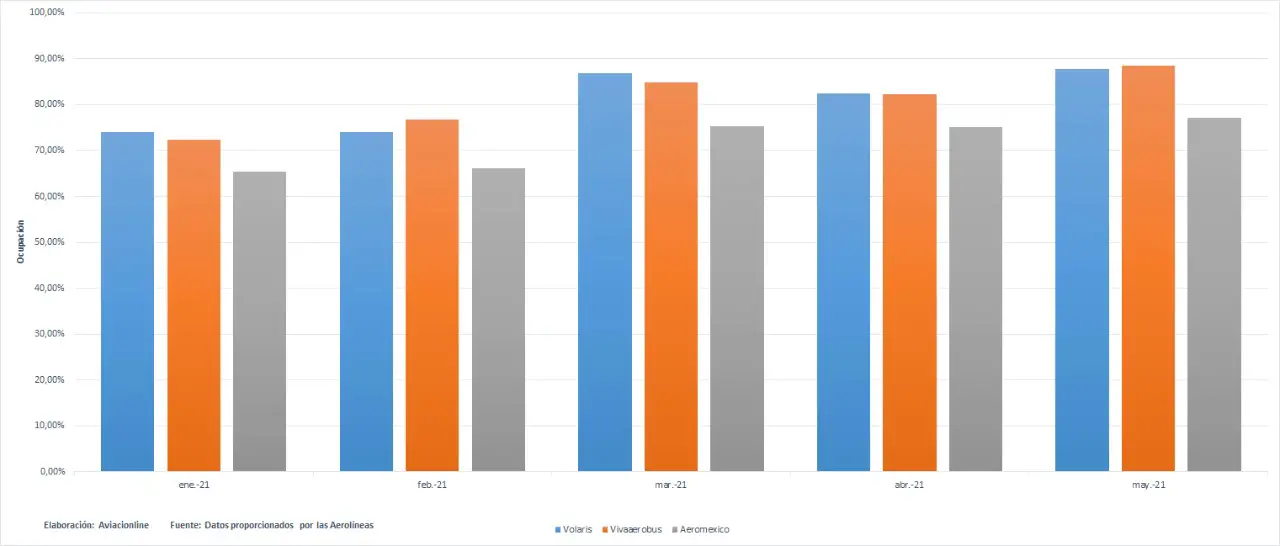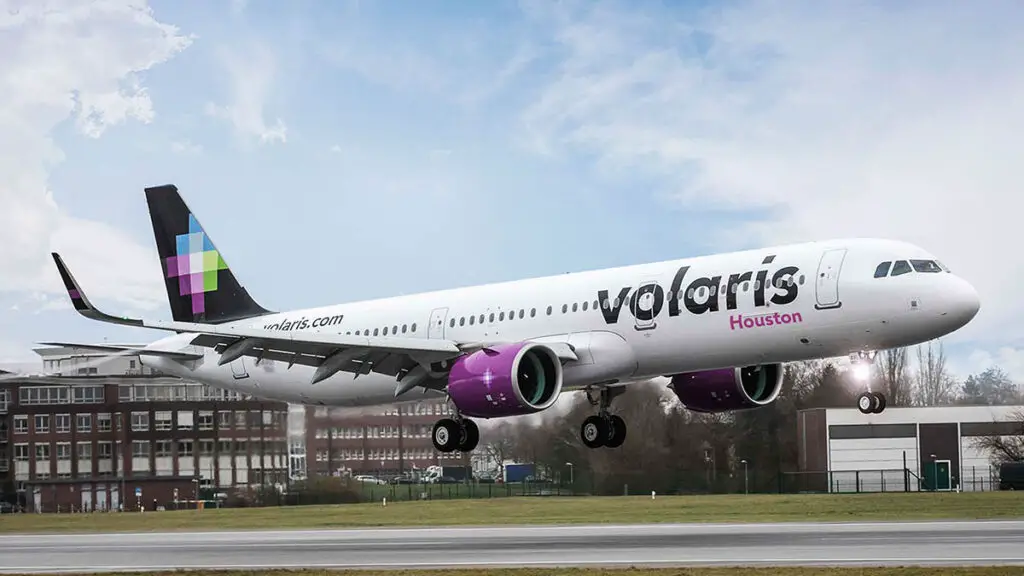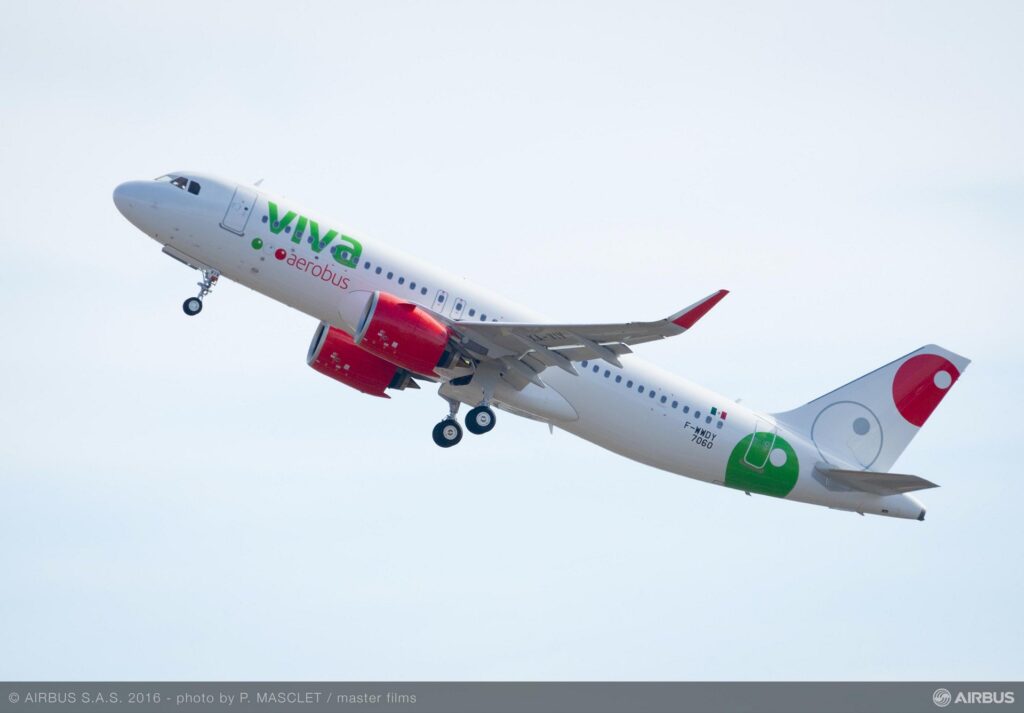The Mexican market continues to show a great recovery compared to other countries in the region, especially by the low cost companies that have been crowned as the main airlines in the country, displacing Aeroméxico. However, they are facing the downgrading from the Federal Aviation Administration that may interfere with their growth toward their largest international market, the United States.
The companies´ latest monthly reports of passenger movement have shown a notable recovery. Together they have accumulated 17,936,579 passengers between January and May 2021, a decrease of just 12.75% compared to the same period of 2019, year prior to the pandemic.
VivaAerobus has more passengers than in 2019, achieving a growth of 16.7%. Volaris, on the other hand, moved 1.8% less than two years ago and Aeromexico progressively recovered, although it is the most lagging behind with 23.6% less clients transported.
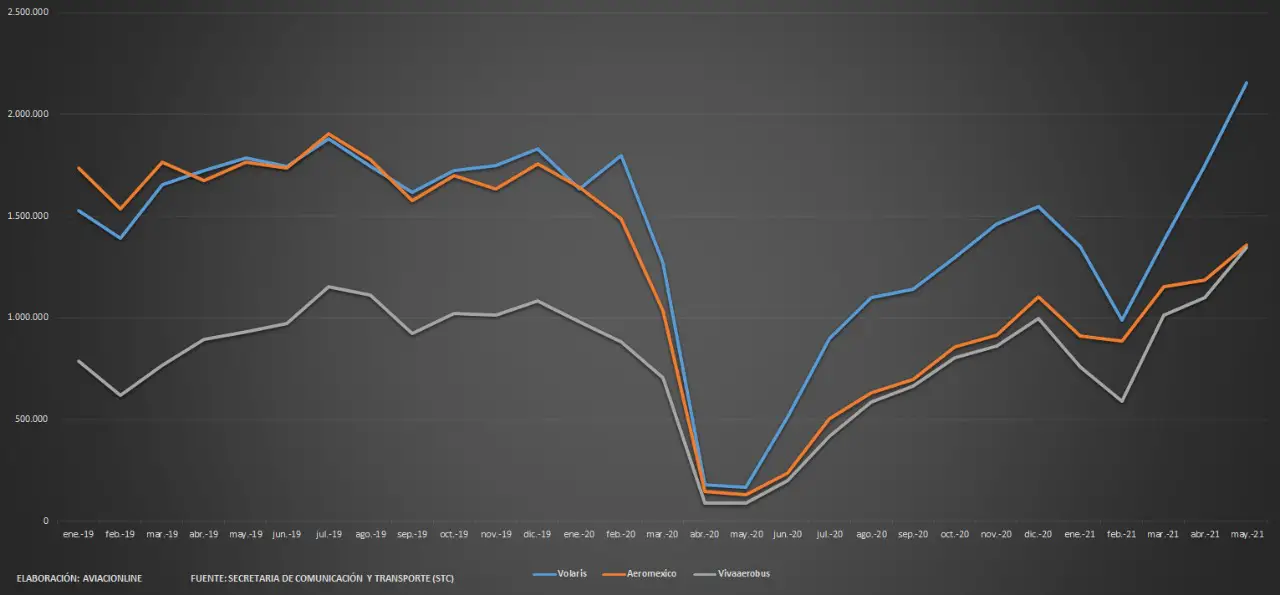
Occupations have been growing throughout the year, VivaAerobus went from 72.3% in January to 88.5% in May, Volaris lagged behind with 87.8% and Aeroméxico was much further behind with 77.1%, mainly influenced by the negative movement of the international market.
With one less player due to the loss of Interjet, the two low cost have been aggressive in occupying the market of this one. The dynamism also responds to the impulse of its two main segments: tourism and VFR, whose demand will continue to soar during this summer season in the northern hemisphere.
To this must be added that Aeromexico is in a process of financial reorganization, after filing with Chapter 11 of the United States Bankruptcy Law last year. By relying on the international and corporate markets, which were severely affected, the eagle company remains even more compromised.
However, the cultural and economic nexus with the United States managed to maintain this niche with positive numbers. According to OAG, the market in both countries remains the largest internationally, and capacity is above the level operated in May 2019, with 9.1%.
This growth has been triggered by trends in vaccine tourism, mainly to cities in Texas. According to information obtained by Aviacionline through Cirium, 35.1% of the offer of seats to the United States of Mexican companies in June is focused on that state, leading Houston (15.30%), San Antonio (11.2 %), Dallas (6.2%), McAllen (1.5%) and Harlingen (0.9%).
However, companies will have to take on a challenge, given that recently the United States Federal Aviation Administration (FAA) downgraded Mexico’s air safety category from 1 to 2, limiting the incorporation of new routes and frequencies to the northern giant. Except for those already approved in advance by the authorities.
Aeroméxico, VivaAerobus and Volaris should slow down their growth plans towards the United States and should focus on other markets until this situation is reversed (which could happen at least during the fourth quarter of 2021). However, even before the FAA announcement, the three airlines had already shown interest in some destinations in Central and South America.
In particular, Colombia experienced strong growth in the supply of seats, as Volaris and VivaAerobus have requested to operate in that country, with the latter landing in Bogotá on August 21. On the other hand, Aeroméxico operates with the Boeing 787 in high season and adds a third daily frequency to the Colombian capital to attend the large flow of travelers between both countries.
While working towards a return to Category 1 with the United States, the three airlines have sufficient conditions to remain competitive with the routes they currently operate.
The growth experienced by VivaAerobus and Volaris has generated positive changes in their fleet. Ricardo Capilla, CEO of Airbus in Mexico, recently stated in an interview with the newspaper El Sol de México that the two low-cost companies have scheduled deliveries of around 200 aircraft of the A320neo family in the coming years.
Aeromexico had to renegotiate the lessing contracts for 54 Boeing 737 MAXs, of which only 24 will be delivered and another four Boeing 787s.
As Jonathan Félix, an analyst at Verum Casa de Bolsa, explained to the newspaper Expansión de México, airlines will have to find a way to balance financially and operationally to capture the routes operated by Interjet (which could only fly again in 2022). «We are seeing that the first to take that market is the one that is going to win, so its response capacity will determine its permanence,» he said.

